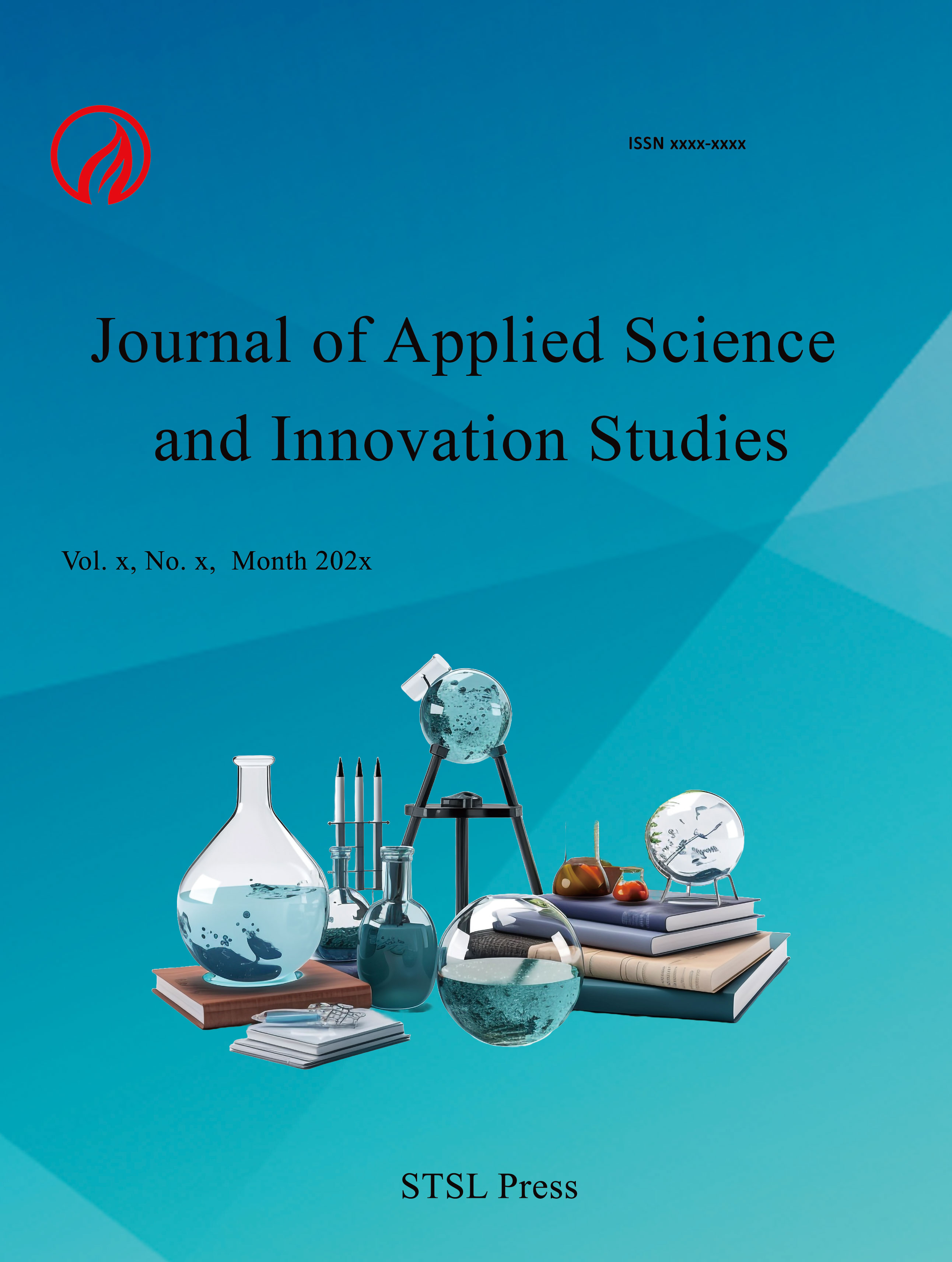Exploring How Employed Market Research Experts Select Voice-of-Customer Methods
Keith Goffin
Claus J. Varnes
Abstract
Successful product innovation is critically dependent on the identification of customer needs during new product development (NPD). Identifying customer needs is referred to as integrating the voice of the customer (VOC) and there is a wide range of methods available. VOC is often procured from market research agencies as specialized suppliers, but scholars have left the selection of VOC methods by these agencies unnoticed despite the magnitude of this industry and the origin of VOC as a practice from these suppliers.
To understand how market research methods are selected by these agencies, in-depth interviews were conducted using the repertory grid technique, which is an effective method for tapping experts’ knowledge. As the research was exploratory, the data were analyzed using grounded theory and from the theoretical perspective of decision-making and knowledge management.
The results show that the selection of VOC methods is based not only on the attributes of the methods being considered but also the relationship between the agency and the client; the field in which the research will be conducted; and the required outcomes. The research makes several important contributions. First, it shows that market research experts do not always choose the most effective method for their clients; compromises are made in choosing a viable method for that client, which will derive a satisfactory result for the client.
The results contribute to literature by – for the first time - showing how an expert's tacit knowledge and the agency's interpretation of the client's comprehensibility influences the choice and use of VOC methods. Existing literature proposes firm and project contingencies, but the present study develops a theoretical model of the complex and granular satisficing choice-making by these suppliers in these inter-firm relationships. For managers, the findings indicate how VOC methods are chosen in practice and allow compromises to be identified and so consciously to be accepted or rejected.
Paper:
pdf
DOI:
https://doi.org/10.71002/jasis.v1n1p31
 This work is licensed under a
Creative Commons Attribution 4.0 License.
This work is licensed under a
Creative Commons Attribution 4.0 License.
Contact us
- Sarah Bulseco
- jasis@stslpress.org
